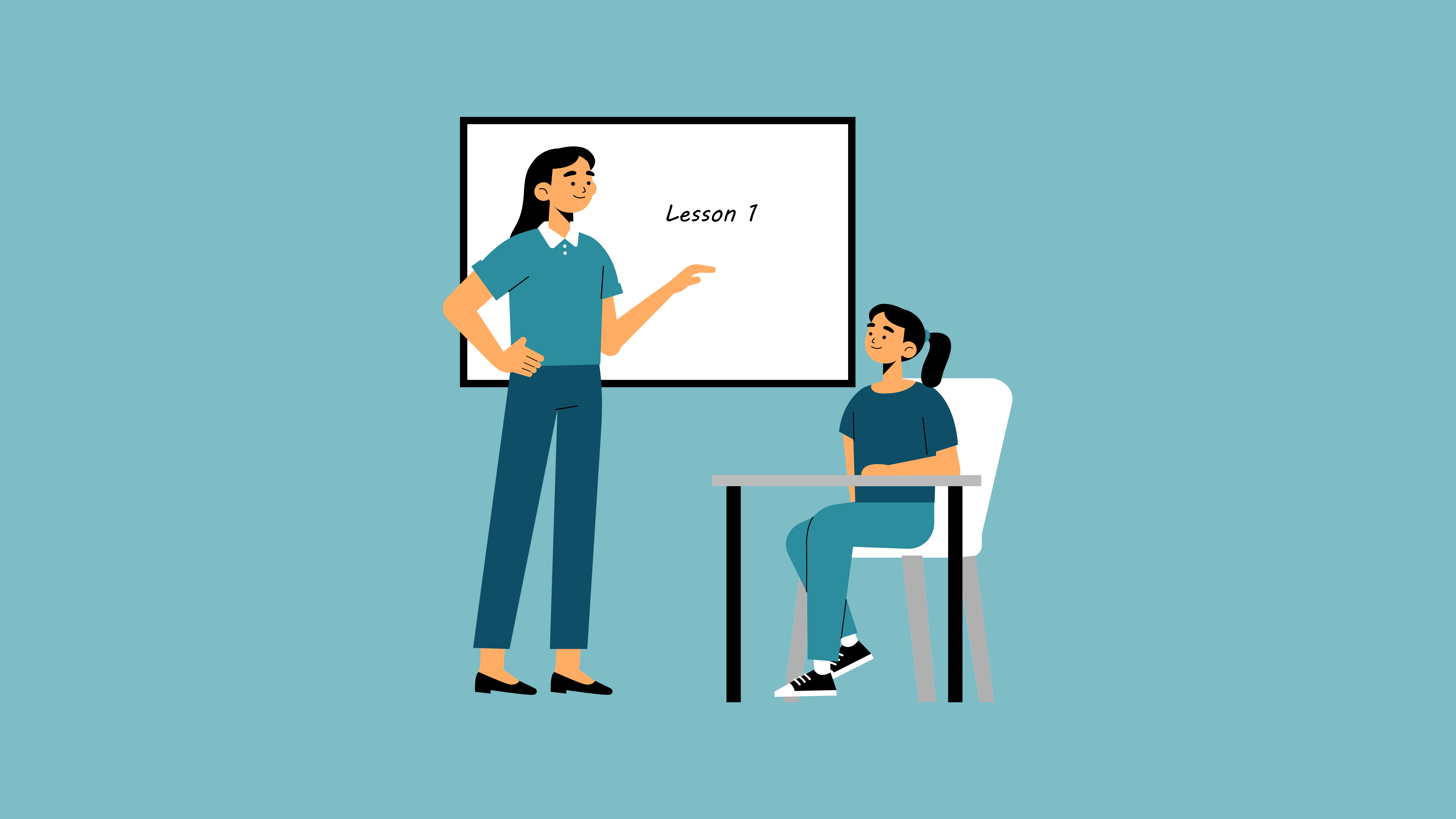Sarah Besand, a Teacher and Possip Reporter shares her thoughts on tips for teachers starting the new school year.
We’ve heard of the Sunday Scaries… but I’m not sure there’s a word for “Summer-is-ending-and-my-classroom-is-a-wreck-and-I-don’t-have-plans-for-the-first-week-of school” Scaries. The end of summer is daunting enough, but throw in an unpacked classroom, a possible curriculum change, and a brand new set of kids–and our minds are reeling.
These feelings can be overwhelming, and you are not alone. Teachers across the country are at max capacity, and the beginning of a new school year can only exacerbate these feelings. Whether you are a first-year or veteran teacher, each year brings new challenges, so we’ve gathered teacher wisdom and tips to help you best use your planning time.
We’re excited to introduce Robin Madison, an instructional coach in Metro Nashville Public Schools and former teacher. Robin spent 17 years honing her craft as an elementary educator and has now been fostering excellence in current teachers through her coaching role the past three years.
Robin’s 4 Pro Tips to make your beginning-of-the-year prep time run smoothly:
- Focus on essentials
- Plan your community building
- Embrace bare wall space
- Develop the classroom atmosphere
Let’s break down the Robin’s tips:
1. Focus on essentials
This is often easier said than done. As teachers, we want to think we live by this… until we find ourselves more focused on hanging up rainbow pom-poms than we are on preparing our student materials needed for the first week! (This is equally a reminder for myself, haha!) Here’s Robin’s solution:
“The essential focus is really understanding the content of what [you] are teaching in those first few weeks. Teachers should also make time and space to locate materials in digital or print formats that will be needed. It is helpful to prepare as many of those items as possible to help [you] easily transition into a new year with new students.”
I need this reminder myself as I find it easy to get distracted instead of printing off essential copies for the first week. Prioritizing the basics first helps lift the mental load of the “must-do’s” so there is more space for creative ideas later.
2. Plan your community building
Another aspect important for first-week planning is community building. However, let me affirm the teacher who feels overwhelmed right now. It is very difficult to think about community building when all of your classroom furniture is staring at you in a pile in the middle of the room after floor waxing. So–if that’s you–pause, grab a teacher buddy to work on both of your classrooms together, and resume reading when you’ve got your desks and rugs where you want them.
Defining your class community is what is going to keep you and your students calm for the rest of the year. Establishing norms for how every human in the classroom acts and treats each other unlocks the key to immense learning and growth. Robin shared some ideas for how to plan for this before your students even arrive:
“Remember that we are all human! Not every relationship is going to form easily. Look for ways to celebrate students for small wins. I established a community routine of this in my classroom every Friday:
I would hold a Friday Closing Circle where every student and adult in the room (even visitors) would share a high and low from the week. The high share was required. The low was optional. If the low was a school issue, we would problem solve as a group about how we could improve moving forward.
I would end this time with Friday Awards. Throughout the week I updated a spreadsheet of all of my students to make sure I was looking for specific ways to recognize them. Our weekly awards were for things such as Neatest Desk, Outstanding Attitude, and Student of the Week. Make awards fit the needs in your classroom, and celebrate with the weekly winners in a big way! The children feel so much pride and cheer one another on. It is a sweet way to build a great classroom community and focus on the good you are seeing in all students.”
3. Embrace bare wall space
Remembering this tip takes a huge burden off of educators. With the rise of seemingly perfect classrooms on social media, it can be very difficult not to compare our own space to strangers on the internet. This blog reminds us of the importance of blank wall space so that we can hang student work and anchor charts made together as a class. Less “busy” walls are actually supported by research to help students focus in class, so don’t fret!
4. Develop the classroom atmosphere
We saved the best tip for last. Creating a space that you love to enter can bring both you and your students joy throughout the year. Here’s Robin’s pro tip:
“Make your classroom a place that you love that will be a second home for you and your students for the next school year. Add your favorite colors, pics of family and friends, and other items that bring you joy. If you have gifts from students from previous years, put those in places around your room. They can randomly bring you joy as you remember when that student was in your classroom.”
As you begin this school year, we hope these pro tips help you focus your limited time and energy. Remember to take breaks and deep breaths. We promise it will all get done, and streamlining your list with these tips will likely lighten your load. Let’s have a great first week!





